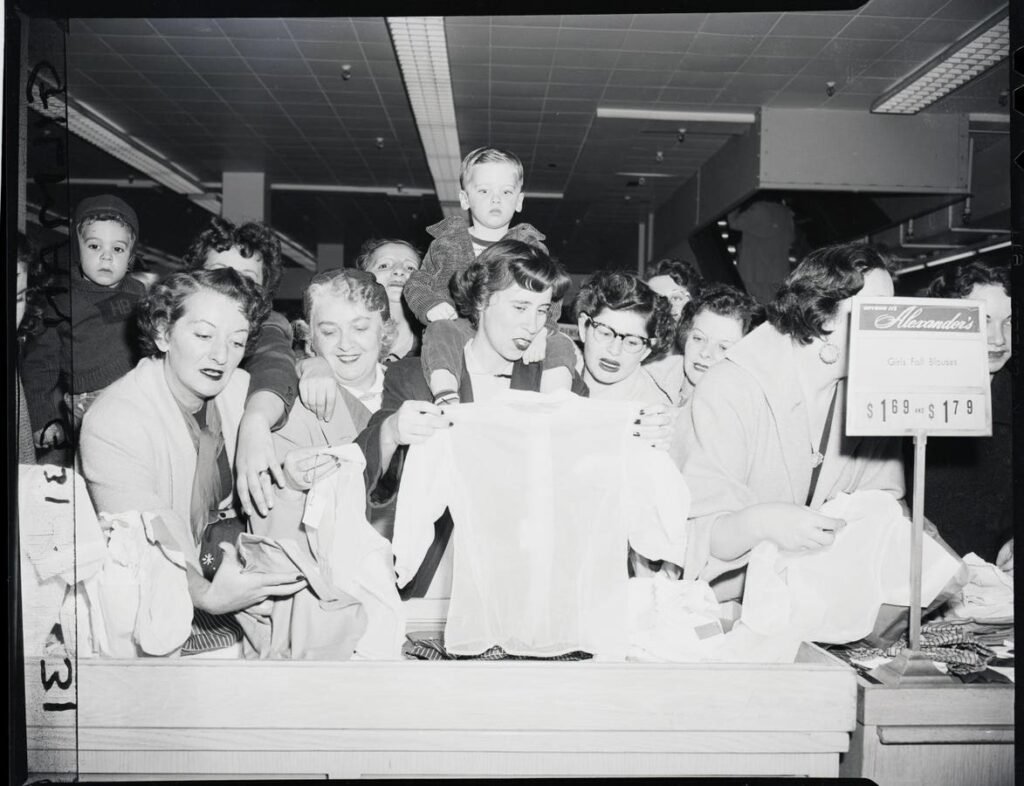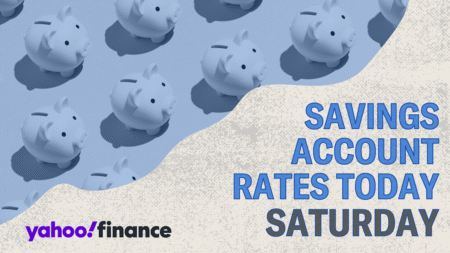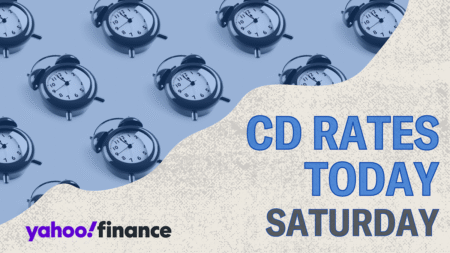S
Step into nearly any online store today and you’ll see the same gimmicks: a red siren blaring about how “only 1 left in stock!” or an irritating white all-caps label saying that there are “JUST TWO LEFT.”
These techniques are not arbitrary; they’re deliberate psychological nudges that make consumers spend on items they never intended to purchase. This is called “scarcity marketing.” When resources are scarce, it causes us to think now and act later. It’s a deep survival response in the face of scarce resources.
In Frontiers in Psychology, a study found that shortages raise arousal and urgency overruling common sense. “Only 3 left order soon” message on a site may spur urgency in the amygdala, the brain region that is associated with fear and impulse.
In addition to our primal response to act immediately, when our brains decide something is in short supply, we find it more valuable, even if it’s inherent worth is minimal. This is what behavioral economists refer to as the scarcity heuristic, and it’s why flash sales, limited-time deals and low-stock notifications are so successful in influencing consumer behavior.
According to the Journal of the Academy of Marketing Science, consumers valued scarce goods more, and even built more loyalty to brands that make them. The payoff for retailers is clear, scarcity tactics drive faster conversions, higher revenues and repeat use, all at the expense of the consumer.
The use of countdown timers are one of the most obvious tactics. Studies have found that time pressure increases consumer arousal, reduces deliberation, and makes people more prone to impulse purchases. That’s why retailers paper their websites with ticking clocks, even when the “deadline” starts again the next day.
Consumers perceive rare products not only as more more valuable, according to a study in the Journal of Consumer Research, but also higher quality, even when they’re identical substitutes available.
And, of course, scarcity cues, like “only a few left in stock,” lean on what psychologists refer to as loss aversion (the fear of missing out trumps the pleasure you might have had from holding back). Loss aversion makes us more worried about missing a deal than spending too much.
Scarcity cues also trigger the release of dopamine, a neurotransmitter associated with rewards, much like gambling or interacting with social media. That’s one reason many e-commerce stores combine scarcity with social proof messages like ‘12 people are viewing this right now’, or ’4 sold in the last hour,’ they’re increasing urgency by displaying competition.
Flash sales and limited-edition drops exacerbate this further, as they introduce an element of exclusivity. This is the model that retailers live for, dropping limited-run releases in carefully timed windows to elevate mundane products into status symbols.
In fact, 70% of shoppers believe discounts are the most important factor driving impulsive and completely unplanned purchases, according to Salsify.
Not all scarcity is fabricated; there are genuine supply constraints, but many of these online tactics ramp up the urgency to a fever pitch. Bootstrapping your way to understanding at least some of these emotional cues is the first step in resisting them.
Scarcity marketing will never go away. But taking a step back and waiting 48 hours before swiping can help encourage more deliberate purchasing by consumers. By knowing that urgency cues are often artificial, we can make wiser financial choices.
Read the full article here












